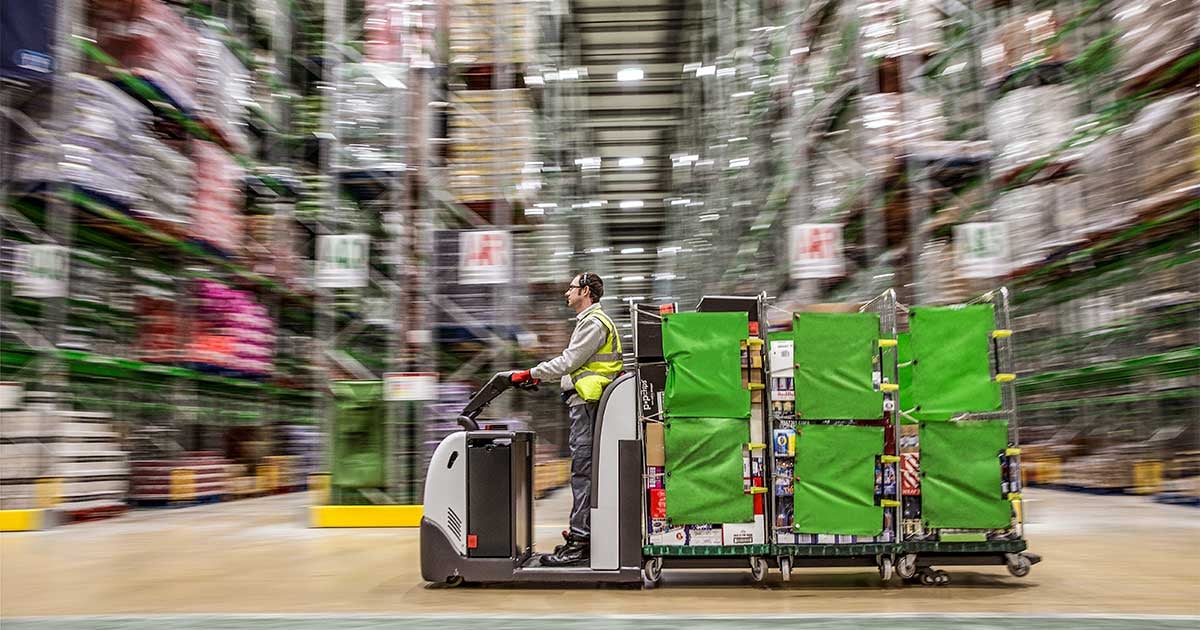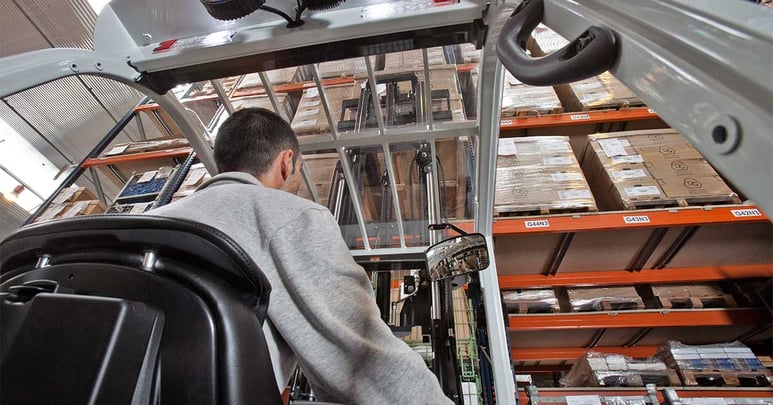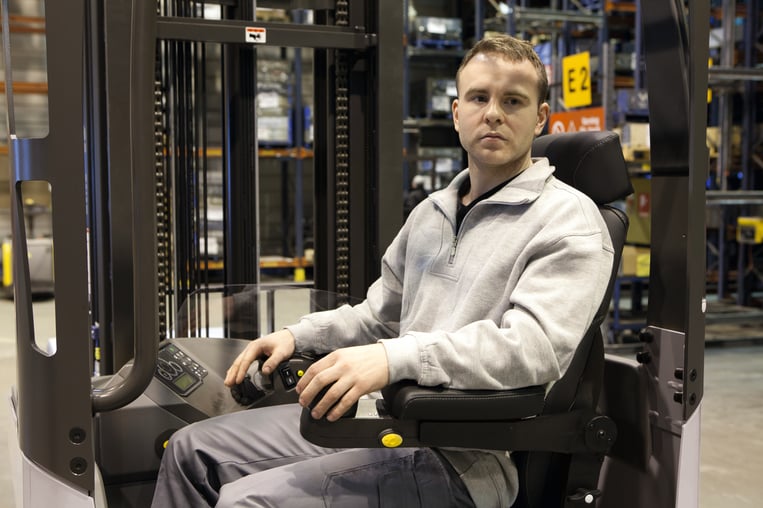
Forklifts have existed for over 100 years — but it's only in more recent decades that ergonomic design has become a important question for manufacturers to answer.
That's unsurprising when you consider that today, the biggest cost you'll have to pay over your truck's lifetime isn't the service, or the financing costs — it's the cost of the driver. Therefore, making sure that they can do their jobs safely and efficiently is essential if you want to stay financially competitive.
But what does a truly ergonomic truck look like? Plenty of forklifts on the market claim to be ergonomically designed, but features such as these examples really make sense from an ergonomic perspective.
Smooth entry and exit
Drivers regularly leave and enter the forklift during a shift, so a large, nonslip step and a handle to hold on to are smart features. This factor becomes especially important on order pickers, where the picker may enter the truck after picking an item hundreds of times over the course of a shift. Over long periods, a difference of a couple of centimetres in step-in height between different trucks can add up to huge distances, and the associated joint and muscle strain that goes with them.Good visibility

Natural posture

For good ergonomics, it's important to ensure the driver can adopt a natural posture during operation. Even reaching slightly forwards for a steering wheel or switch can cause aches and strains over long periods of time. A truck that is designed around the natural position of the driver (as in the image above), and that can be adjusted to suit drivers of different shapes and sizes, will have good ergonomic qualities.
There's obviously other ergonomic considerations in materials handling, in other areas of the warehouse - but the equipment can make a big difference, especially if your operations are fairly intensive.
If you want to find out more, click the button below to download our free article, The importance of ergonomics in materials handling. It's got more detail about the points mentioned above, as well as some more insights that you should know before bringing on new equipment.







































Comment